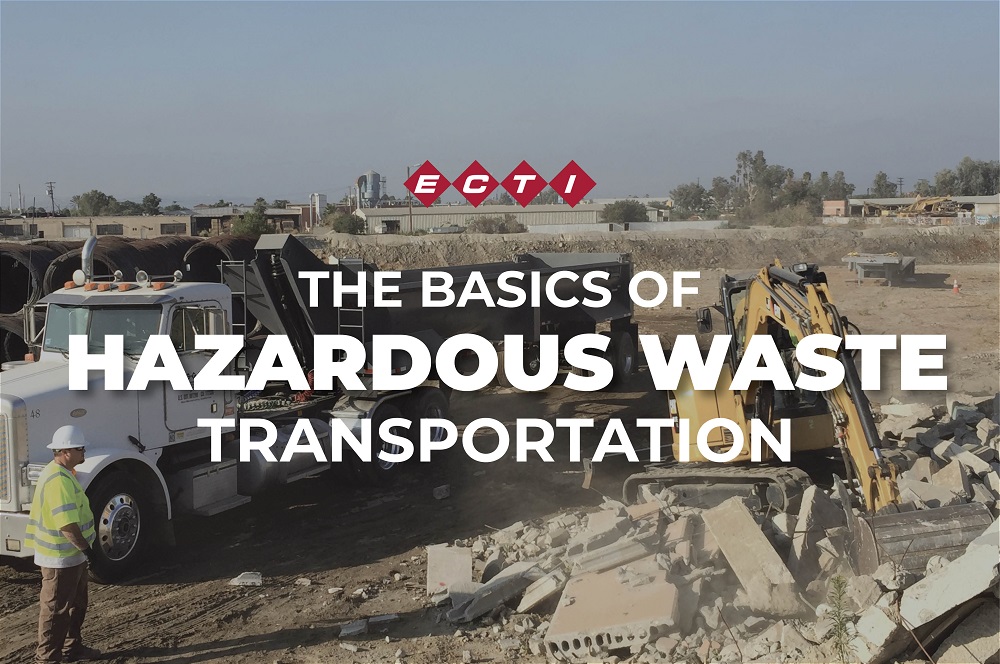
28 Jan The Basics of Hazardous Waste Transportation
 We at ECTI are experts in hazardous waste transportation. But, for anyone outside of our industry, you may be a bit curious as to what such expertise entails. That’s why in this article, we will discuss the basics of hazardous waste transportation for a glimpse into the ECTI world.
We at ECTI are experts in hazardous waste transportation. But, for anyone outside of our industry, you may be a bit curious as to what such expertise entails. That’s why in this article, we will discuss the basics of hazardous waste transportation for a glimpse into the ECTI world.
What is hazardous waste?
To begin with, you must first understand what it is that we transport. You may have heard the term hazardous waste. However, there are specific properties that distinguish this classification of materials from all others. As a simple definition, hazardous waste includes all materials that are known to exhibit at least one of the following qualities: ignitability, reactivity, corrosivity, and toxicity. These can be found in any physical state, gaseous, liquid, or solid. And in the most practical terms, these materials are those that cannot be disposed of by conventional household means.
According to the United Nations Environment Programme, an estimated 40 million tons of hazardous waste are produced every year across the world. And almost one percent of that (400,000 tons) is transported across international borders. That’s why proper and safe transportation is so critical. And this is where we at ECTI come in–to ensure that these processes are perfectly executed for your facility.
The basics of what you need to know about hazardous waste transportation:
- Obtain an EPA ID number
- Comply with EPA’s hazardous waste manifest system
- Handle hazardous waste discharges
- Obel all applicable US DOT hazardous materials regulations

No Comments